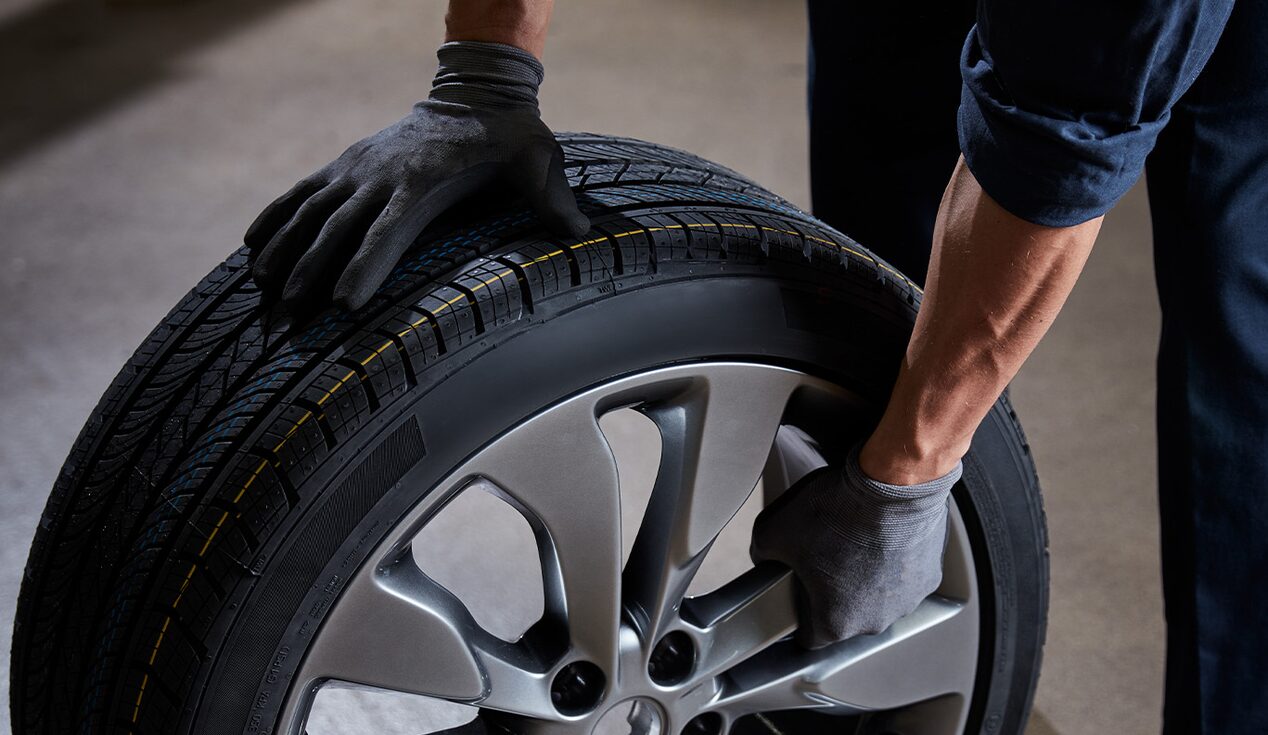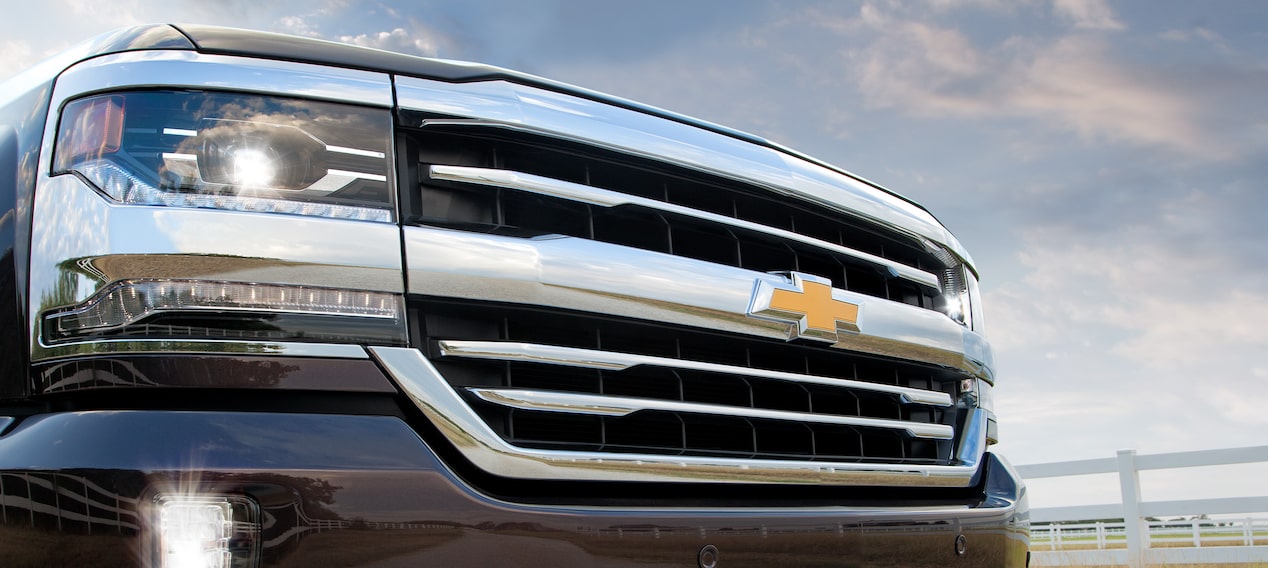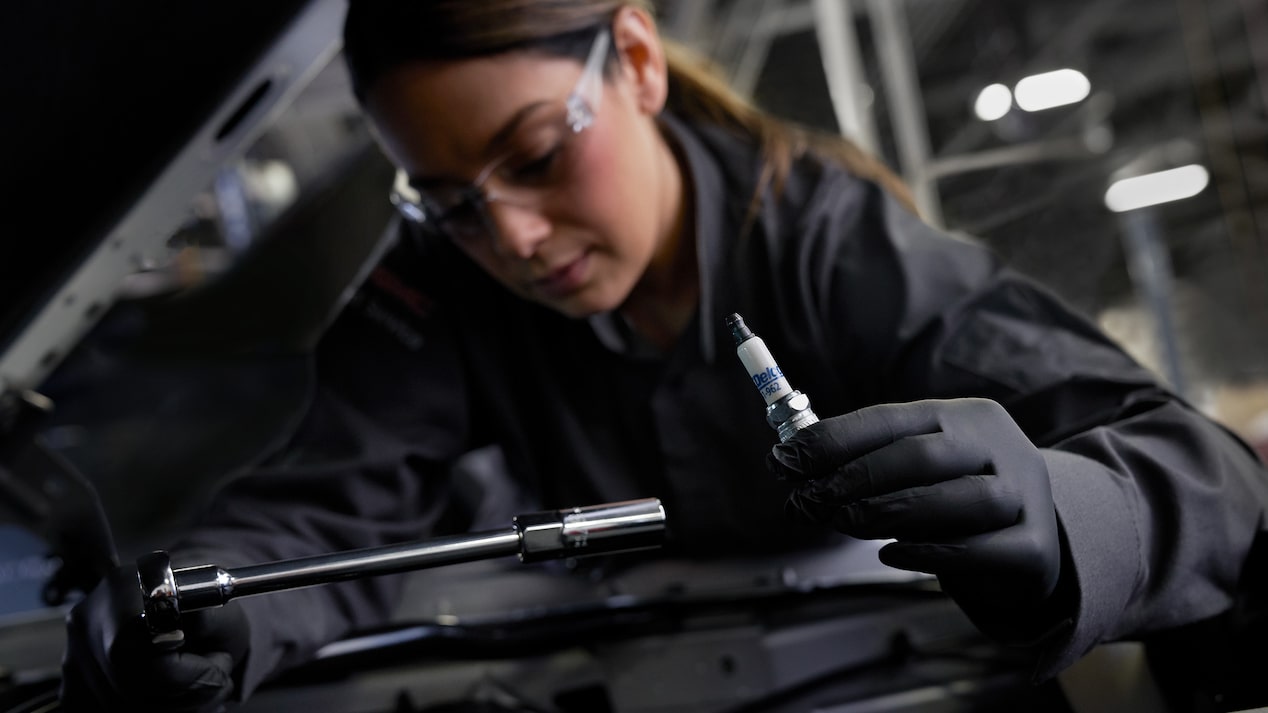TIPS FOR THE ROAD

Operating a car or truck is serious business, whether you’re simply commuting to and from work or planning an extended road trip. ACDelco wants to help you make the most of your time on the road, while keeping you and your family safe.
CAR EMERGENCY KIT
It pays to be prepared out on the road. Here’s a list of items that will come in handy if you become lost or stranded, from first-aid kits to tools and other helpful items.
SAFE DRIVING TIPS
Vehicle safety starts long before you put the key in the ignition. Use these links to help keep yourself and your passengers safe before, during and after your drive.
TIPS FOR PLANNING A ROAD TRIP
Nobody wants a road trip spoiled by car trouble. Just a little pre-trip planning goes a long way toward ensuring a fun and safe road trip for the entire family.
SAVE GAS & MONEY
Everyone is looking for ways to save money at the pump and increase fuel economy. Read these following tips to help improve fuel economy.

CAR EMERGENCY KIT
RECOMMENDED VEHICLE TOOL KIT & ADDITIONAL EMERGENCY ITEMS
- Screwdrivers – Phillips and flathead.
- Pliers.
- Set of good socket wrenches.
- Duct tape.
- Electrical wire tape.
- Electrical wire spray.
- Flashlight with extra batteries.
- Small fire extinguisher.
- Jumper cables.
- Flares or reflective devices.
- Tire pressure gauge.
- Bottled drinking water.
- Automobile registration.
- Proof of insurance.
- Cell phone and car charger.
- Copy of your health insurance card.
- Marker and message pad.
- Emergency contacts.
- Copy of your motor club membership card.
- Shovel.
- Window scraper/brush.
- Window washer fluid.
- Paper towels.
- Road maps.
Important: Make sure there’s a jack and a lug wrench in the vehicle and that the spare tire (if equipped with spare) is inflated to its proper pressure. See your vehicle Owner’s Manual for recommended tire pressure numbers.
FIRST-AID KIT
Here’s a list of suggested items you can use to assemble your own first aid or emergency car kit (just make sure none of the items are in glass bottles or vials; put them in plastic containers with tight lids instead):
- Absorbent compress dressings.
- Adhesive bandages (assorted sizes).
- Adhesive cloth tape.
- Antibiotic ointment packets.
- Antiseptic wipe packets.
- Packets of aspirin.
- Blanket (space blanket).
- Breathing barrier (with one-way valve).
- Instant cold compress.
- Pair of non-latex gloves.
- Hydrocortisone ointment packets.
- Scissors.
- Roller bandage.
- Sterile gauze pads.
- Oral thermometer (non-mercury/non-glass).
- Triangular bandages.
- Tweezers.
- First-aid instruction booklet.

SAFE DRIVING TIPS
BEFORE YOU START THE CAR
Buckle Up
The most important tip to keep your family safe while driving is to always use safety belts and proper child restraints. Children are safer when placed in the rear seat in the appropriate infant, child or booster seat, or when wearing safety belt appropriate for their size and age. Never place a rear-facing infant restraint in the front seat of a vehicle equipped with an active air bag.
Adjust Your Seat Properly
Sitting upright enables your body to feel and sense what the vehicle is telling you.
Scan The Entire Environment
During normal driving conditions, make sure to scan for braking vehicles in front of you and approaching vehicles in your rearview mirror.
Both Hands On The Wheel
Always drive with both hands on the wheel. The best place for your hands are the 9 o’clock and 3 o’clock positions, which helps provide greater control when steering.
Lights On, Please
With your safety in mind, many new vehicles come equipped with daytime running lamps. To help with safe driving, turn on your headlights, taillights and any exterior lights in rainy weather. Even if your visibility is good, other drivers will have a better view of your vehicle.
WHILE YOU’RE DRIVING
Be Smooth
Keep your steering, acceleration and braking smooth to help keep the vehicle balanced.
Trail The Brakes
Trailing the brakes means easing off the brake pedal slowly as you turn into a corner. It keeps the weight on your front steering tires, creating more traction for the turn.
Enjoy Driving Your Vehicle
Don’t overstep your limits or the road conditions.
Turn Your Wheels With The Skid
Taking this action may help you to regain control of your vehicle during a skid. If you have a skid situation, ease off the throttle to transfer weight back onto the front steering tires.
Elevate Your Vision
Objects come out of nowhere when you look only at the vehicle in front of you. Try to look 10 to 15 vehicles ahead and you’ll find that everything comes at you more predictably.
Quick Maneuvering
If you need to veer suddenly to avoid hitting an object in your vehicle’s path, make sure you look in the direction you’re headed – before turning – to make sure the path is clear.
Cell Phones & Driving
Statistics prove that the majority of accidents on the road involve talking or texting while driving. Talking on a cell phone while driving makes you four times more likely to crash.
Be Careful On Curves
Drive at a reasonable speed when traveling around bends. This may mean you need to drive slower than the speed limit. Driving at a high speed around bends could cause you to lose control.

TIPS FOR PLANNING A ROAD TRIP
ROAD TRIP VACATION CHECKLIST
Before you head out on a road trip, follow the suggested checklist below to make sure your vehicle is in safe and efficient running condition.
- Take your vehicle to a dealership or independent workshop near you that installs quality ACDelco parts. Your technician should check your belts, hoses, brakes, lights, windshield washer fluid, wiper blades, engine oil and coolant.
- Always keep at least half a tank of petrol in your vehicle.
- Make sure your trunk has a jack, lug wrench and other tools you’ll need to change a tire.
- Check tire pressure of all tires, including the spare.
- Make sure you have a working flashlight with extra batteries, emergency reflectors, sunglasses and a first-aid kit.
- Take your driver’s license and vehicle registration, plus auto and medical insurance cards.
- Carry a spare set of vehicle keys.
- Plan your route and leave a copy of your itinerary with a trusted person not travelling with you.
- Take any special medications and prescription information.
- Take your doctor’s phone number.
- Take a mobile phone.
- Have any repairs or vehicle maintenance performed before the trip – see your vehicle’s Owner’s Manual for vehicle maintenance schedules.

FUEL ECONOMY: SAVE PETROL & MONEY
Use these fuel economy tips to help you conserve petrol as you drive – and even before you get on the road. Doing so can help improve your fuel economy and save your family money.
10 WAYS YOU CAN SAVE PETROL
Go The Speed Limit & Use Cruise Control
While each vehicle reaches its optimal fuel economy at a different speed (or range of speeds), petrol mileage usually decreases rapidly at speeds above 80 km/h. Observing the speed limit is also safer. Additionally, using cruise control on the highway helps you maintain a constant speed and, in most cases, will save gas.
Drive Sensibly
Aggressive driving (speeding and rapid acceleration and braking) wastes petrol. It can lower your mileage by 33 percent at highway speeds and by 5 percent around town. Sensible driving is also safer for you and others, so you may save more than gas money.
Avoid Idling And Rush-Hour Traffic
Idling can use a quarter to a 1.9 liters of petrol per hour, depending on engine size and air conditioner (AC) use. Turn off your engine when your vehicle is parked. It only takes a few seconds worth of fuel to restart your vehicle. Turning your engine on and off excessively, however, may increase starter wear.
Keep Your Engine Properly Tuned
Fixing a car that is noticeably out of tune or has failed an emissions test can improve its petrol mileage by an average of 4 percent, though results vary based on the kind of repair and how well it is done. Fixing a serious maintenance problem, such as a faulty oxygen sensor, can improve your fuel efficiency by as much as 40 percent. Find a dealership or independent workshop near you that sells quality ACDelco parts. The technicians there can check to see whether your engine is properly tuned.
Adjust Your Commute
Stagger your work hours to avoid peak rush hours. Drive your most fuel-efficient vehicle. Consider telecommuting (working from home) if your employer permits it. Take advantage of carpools and ride-share programs. You can cut your weekly fuel costs in half and save wear on your car if you take turns driving with other commuters. Many urban areas allow vehicles with multiple passengers to use High Occupancy Vehicle (HOV) lanes, which are typically less congested, further improving your fuel economy. Consider using public transit if it is available and convenient for you.
Combine Trips
Combining errands into one trip saves you time and money. Several short trips taken from a cold start can use twice as much fuel as a longer multipurpose trip covering the same distance when the engine is warm. Trip planning ensures that traveling is done when the engine is warmed up and efficient, and it can reduce the distance you travel.
Remove Junk From The Trunk
Added weight in your vehicle affects fuel economy, so take unnecessary items out of your trunk. The reduction is based on the percentage of extra weight relative to the vehicle’s weight and affects smaller vehicles more than larger ones.
Use The Recommended Grade Of Engine Oil
You can improve your fuel mileage by 1-2 percent by using the manufacturer’s recommended grade of motor oil. For example, using 10W-30 motor oil in an engine designed to use 5W-30 can lower your fuel mileage by 1-2 percent. Using 5W-30 in an engine designed for 5W-20 can lower your petrol mileage by 1-1.5 percent.
Keep Tires Properly Inflated
You can improve your petrol mileage by around 3.3 percent by keeping your tires inflated to the proper pressure. Underinflated tires can lower petrol mileage by 0.3 percent for every 1 psi drop in pressure of all four tires. Properly inflated tires are safer and last longer.
Avoid Rooftop Carriers
Hauling cargo on your roof increases aerodynamic drag (wind resistance) and lowers fuel economy. A large, blunt rooftop cargo box, for example, can reduce fuel economy by about 2-8 percent in city driving, 6-17 percent on the highway and 10-25 percent at interstate speeds (100-120 km/h). Rear-mount cargo boxes or trays reduce fuel economy by much less – only 1-2 percent in city driving and 1-5 percent on the highway. If you need to use an external cargo container, removing it when it’s not in use will save fuel and money.
